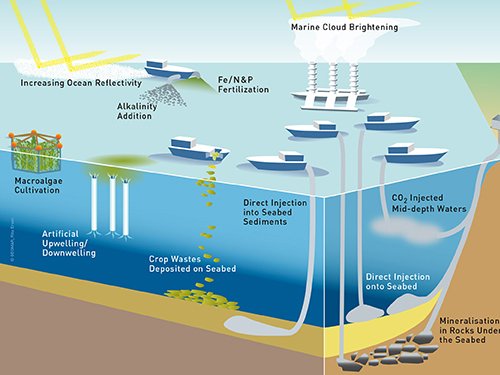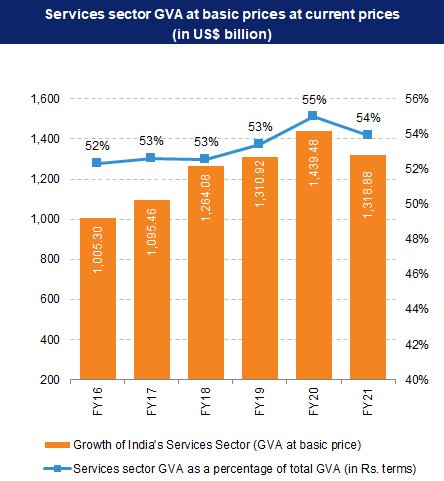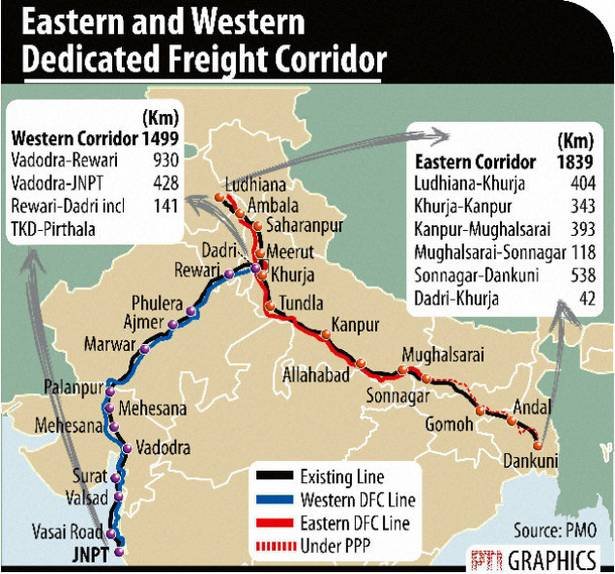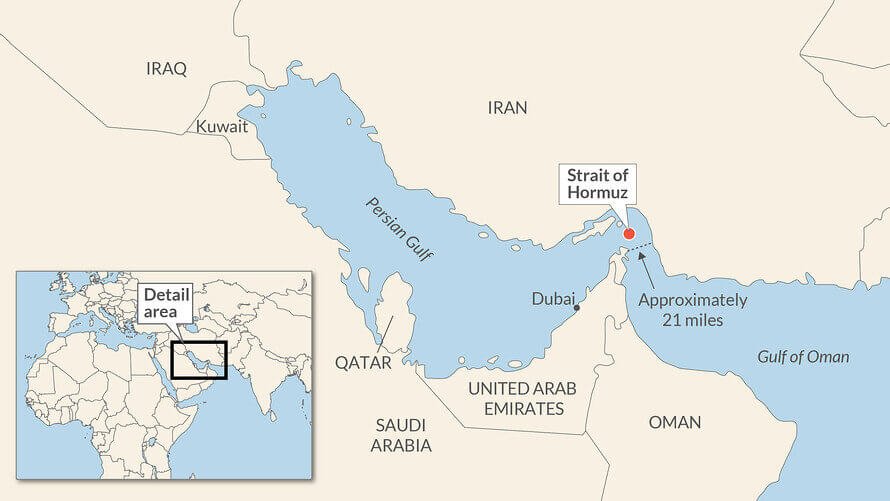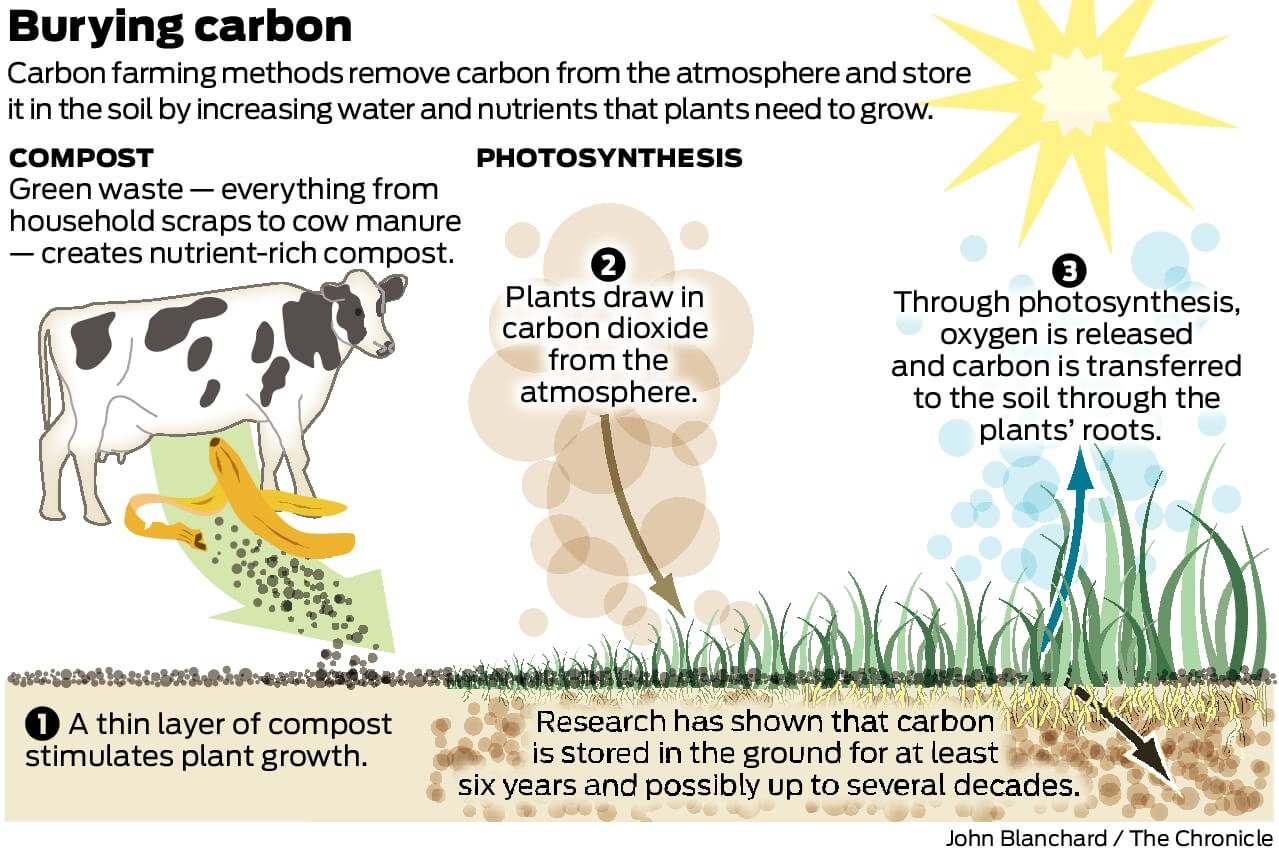
Market Borrowing by States
Subscribers of "Current Affairs" course can Download Daily Current Affairs in PDF/DOC
Subscribe to Never Miss an Important Update! Assured Discounts on New Products!
Must Join PMF IAS Telegram Channel & PMF IAS History Telegram Channel
- Context (IE): States and union territories are scheduled to borrow a whopping Rs 4.1 trillion during January-March. This will widen the yield between the state governments’ loans and G-sec.
- This indicates a growing disparity in borrowing costs between states and the central government. Consequently, states may have to spend more to raise funds compared to the Centre.
Bond yield
|
Financial Resources of the State
Revenue receipts
- It consists of
- Tax revenue
- Non-tax revenue
- State’s share of Union taxes and duties
- Grants-in-aid from the Government of India (GoI).
Capital receipts
- It comprises of miscellaneous capital receipts such as
- Proceeds from disinvestments
- Recoveries of loans and advances
- Debt receipts from internal sources (market loans, borrowings from financial institutions/commercial banks)
- Loans and advances from GoI. E.g, ‘Special Assistance to States for Capital Investment 2023-24’ scheme.
- Both revenue and capital receipts form part of the Consolidated Fund of the State.
Net Public Account receipts
- There are receipts and disbursements in respect of certain transactions such as
- Small savings
- Provident funds
- Reserve funds
- Deposits,
- Remittances etc.
- It does not form part of the Consolidated Fund.
- These are kept in the Public Account set up under Article 266(2) of the Constitution and are not subject to vote by the State Legislature.

Reasons for increased borrowing by states
- Unforeseen Expenditures: Unexpected events such as natural disasters, public health emergencies, or security-related issues may force states to incur additional expenditures.
- For example, The Pandemic, High DISCOMs Losses etc.,
- Revenue Shortfall: As a result, from various factors such as economic downturns, disruptions in economic activities, or suboptimal tax collection. States like Madhya Pradesh, Punjab and Kerala fall under this category.
- Economic Challenges: Such as high unemployment rates, low industrial growth, and sluggish agricultural performance can lead to a decreased revenue generation.
- High Revenue Expenditure: This can limit the available funds for other essential expenditures, leading to additional borrowing to meet those needs.
- Revenue Expenditure: The part of government spending that does not result in the production of assets. Salaries, wages, pensions, subsidies, and interest payments are all instances of revenue expenditures.
- Fiscal Deficit: States with high fiscal deficits may resort to borrowing to cover the gap between their revenue and expenditure.
- Freebie Culture: Political parties promising free electricity and water, laptops, cycles etc. to attract votes during elections put a significant strain on the fiscal position of State governments.
- Infrastructure Development: Many states borrow to fund ambitious infrastructure projects, such as roads, bridges, and public utilities.
- Declining Grants from the Centre
- For example, GST Cess discontinuation since June 2022 and Reduction in 15th Finance Commission Grants.
Capex loan scheme- Special Assistance to States for Capital Investment 2023-24 schemeAbout Capex loan scheme
Objective
Parts of the scheme
What is Capital Expenditure?
|





![PMF IAS Environment for UPSC 2022-23 [paperback] PMF IAS [Nov 30, 2021]…](https://pmfias.b-cdn.net/wp-content/uploads/2024/04/pmfiasenvironmentforupsc2022-23paperbackpmfiasnov302021.jpg)
